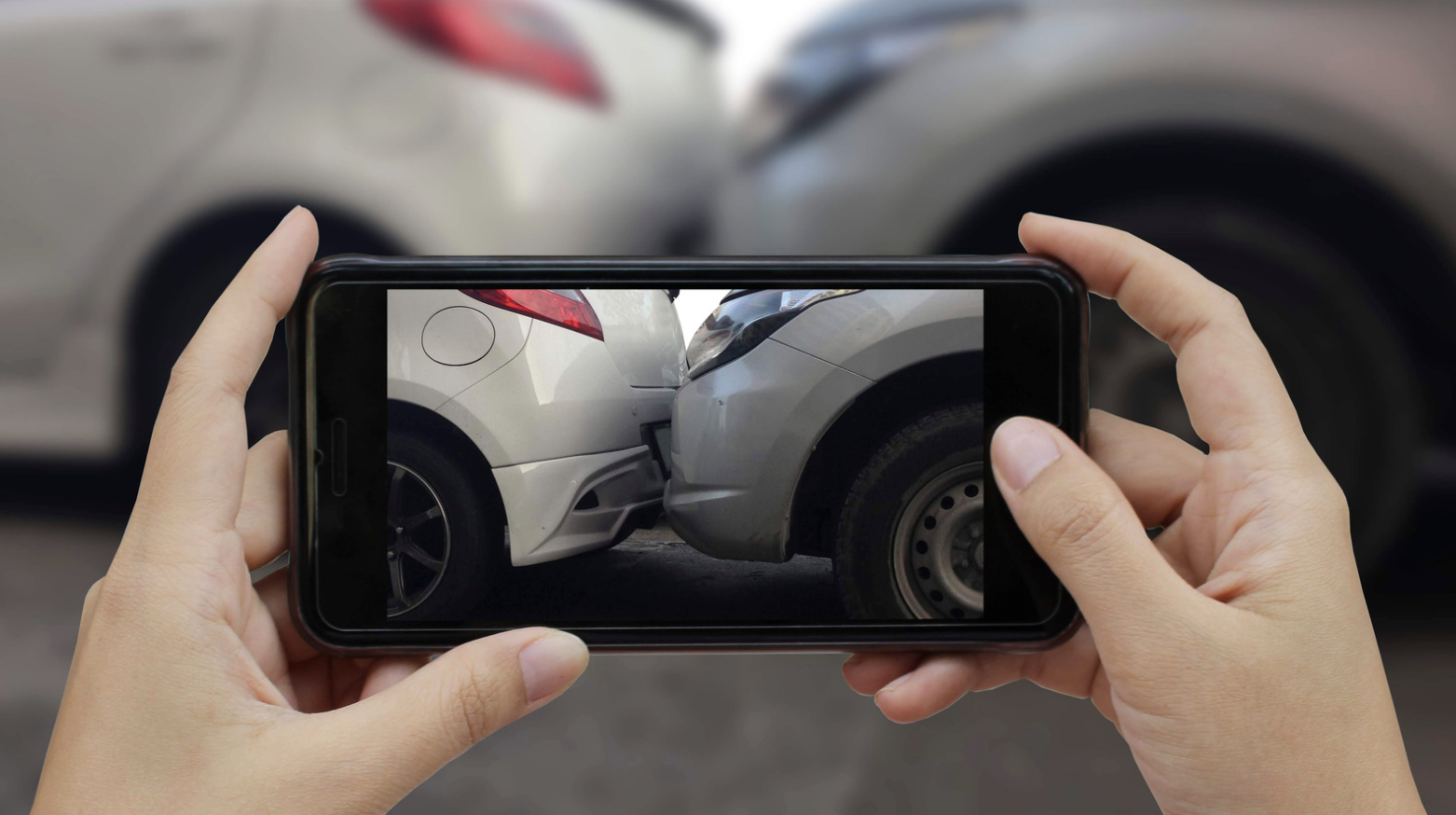The 3 second rule
Did you know that the most common car accidents are rear-end collisions? The BIGGEST reason for this is because drivers generally don’t allow themselves enough time to react to traffic slowing down or coming to a halt.
Adequate following distances enable drivers to react strategically in emergency situations – The 3 second rule could mean the difference between life and death.
The reason the 3 second rule works better than a “3-car-distance” or any other spatially-related rule is because as your speed increases, the distance between yours and the car Infront of you needs to increase with it to allow for a sufficient response time and stopping distance.
In fact, the 3-second-rule should become a 4-, or even 9- second rule, depending on weather conditions and visibility.
Let’s break it down 🤷🏽♂️
Why do you need a 3 second stopping distance?
0.75s for perception: The time required for a driver to recognise a potential hazard.
0.75s for reaction: The time it takes for a driver to respond by applying the brakes.
0.05s for vehicle reaction: This is the time it takes for the vehicle to react once the brakes have been applied by the driver.
Vehicle braking capability: The time it takes for the vehicle to come to a complete stop once the brakes have been applied.
How to apply the 3 Second Rule:
- Watch the vehicle in front of you pass a landmark.
- Now start counting “one thousand and one, one thousand and two, one thousand and three”.
- If you pass the landmark before you finish saying these words, you are following too closely.
Another simple solution:
Allow yourself enough travel time!
It’s SUPER simple, but I know this isn’t the easiest of tasks for all of you who are habitually tardy or chronically time-challenged. 🤷🏽♂️
Simply add an extra 5 minutes to however long you expect to be commuting.
This will drastically reduce the temptation to speed up or close the gap between yourself and the driver ahead of you, potentially saving your life (or that of another)!
Stay safe and healthy, folks.
Jono





